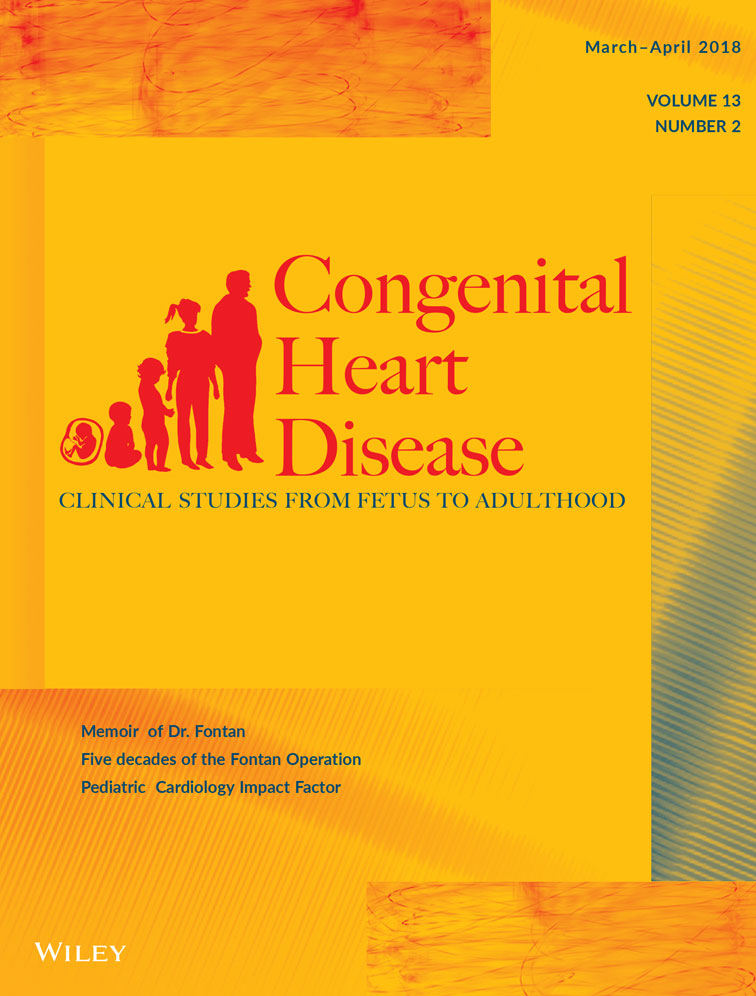Subclinical hypothyroidism: A common finding in adult patients with cyanotic congenital heart disease
Abstract
Objective
Cyanotic congenital heart disease is a systemic disease, with effects on multiple organ systems. A high prevalence of subclinical hypothyroidism (SCH) has been reported in a small cohort of cyanotic congenital heart disease patients. Subclinical hypothyroidism has been associated with various adverse cardiovascular effects, as well as an increased risk of progression to overt hypothyroidism. The aim of this study was to examine the prevalence of SCH in cyanotic congenital heart disease patients, consider possible etiologies, and evaluate thyroid function over time.
Methods
First, 90 clinically stable cyanotic congenital heart disease patients were examined with blood samples (thyroid-stimulating hormone, C-reactive protein, hemoglobin, hematocrit, and N-terminal pro-brain-natriuretic peptide) in a cross-sectional descriptive study. Second, a longitudinal follow-up study of 43 patients originating from the first study part, was carried out. These patients had thyroid function parameters (thyroid-stimulating hormone, thyroid hormones, and thyroid peroxidase antibodies) evaluated biannually.
Results
Elevated thyroid-stimulating hormone was present in 24% of the 90 screened patients. During follow-up (6.5 ± 1.0 years), SCH (defined as ≥2 consecutive elevated thyroid-stimulating hormone values) was present in 26%. Three patients progressed to overt hypothyroidism. Patients with SCH were younger (34 ± 12 vs 42 ± 16 years; P = .01) and had a lower oxygen saturation (80 ± 5 vs 84 ± 6%; P = .03).
Conclusion
Subclinical hypothyroidism is a very common finding in cyanotic congenital heart disease. This is not associated with increased levels of C-reactive protein, heart failure, or autoimmunity but appears to be associated with cyanosis and age. Since the clinical impact of SCH is uncertain, further studies are needed to determine this. Regular thyroid evaluation is recommended in cyanotic congenital heart disease patients since SCH can develop to overt hypothyroidism.
CONFLICT OF INTEREST
None.




